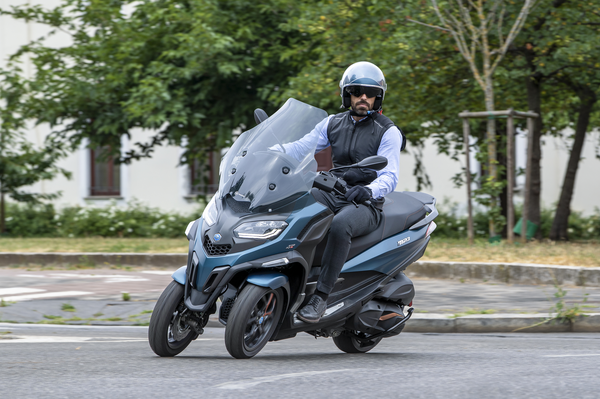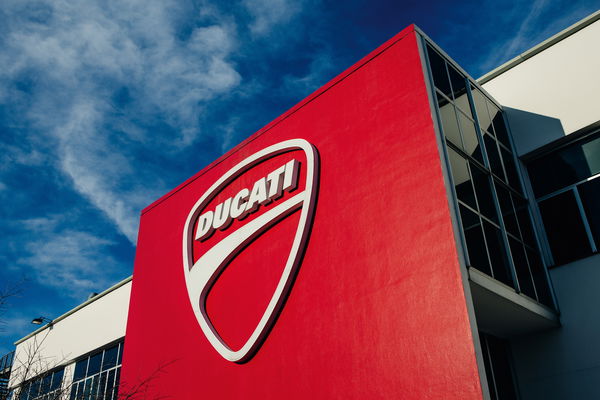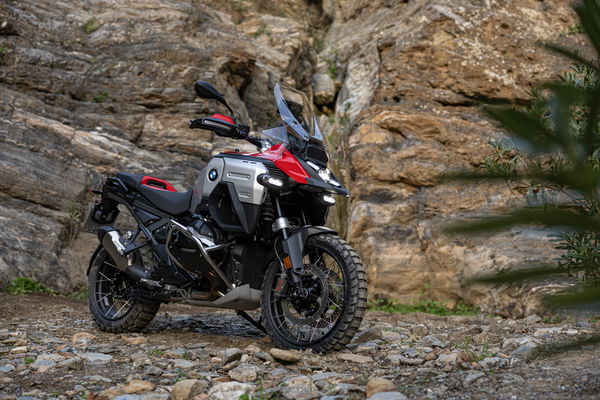Aprilia and Moto Guzzi gains spur Piaggio onto strong 2022 sales growth
Piaggio sees an upturn in sales across its group during the first half of 2022, with Moto Guzzi and Aprilia singled out for a combined 30% increase

Piaggio has announced a double-digit global growth in sales of its motorcycle, scooter and commercial across its Group during the first half of 2022 despite ongoing issues with the global parts supply chain.
Selling more models globally than any other European PTW (powered two/three-wheeler) manufacturer, Piaggio consolidated its status as one of the world’s big players with an +11.7% upturn in sales across its entire group.
This takes into account sales from its flagship Aprilia and Moto Guzzi ranges, Piaggio’s own models - including its commercial arm, which features the popular Ape three-wheeler - and the enduringly popular Vespa brand. It also includes Piaggio’s three more niche brands Gilera, Derbi and Scarabeo.
Highlighting the particular success of Moto Guzzi, Piaggio says sales of the V85 TT adventure-tourer and V7 range performed well. The figures will give the firm optimism ahead of the imminent launch of the V100 Mandello sports tourer, Moto Guzzi’s most significant launch in four years.
Aprilia, meanwhile, is riding off the success of its acclaimed ‘660’ middleweight range with sales boosted by the arrival of the Tuono 660 naked and Tuareg 660 adventure motorcycle to join the RS 660.
With sales up +30% across the two marques, Piaggio also highlighted the firm’s title-challenging turn in the MotoGP World Championship as having a positive impact on sales and promotion.

However, while Aprilia and Moto Guzzi might well attract more attention, Piaggio’s fortune continues to be made on its broad scooter range.
At the half-way point in the year, Piaggo held a 22.5% market share of Europe’s scooter segment, while in North America that figure swells to 31%.
The results come despite myriad pressures affecting the motorcycle industry at this time, most significantly the ongoing shortage of semiconductor components around the world.
With demand outstripping supply in the wake of a ramp up in productivity in the wake of the COVID-19 lockdowns, the bottlenecked chain has left some customers waiting months for the delivery of their motorcycle.











